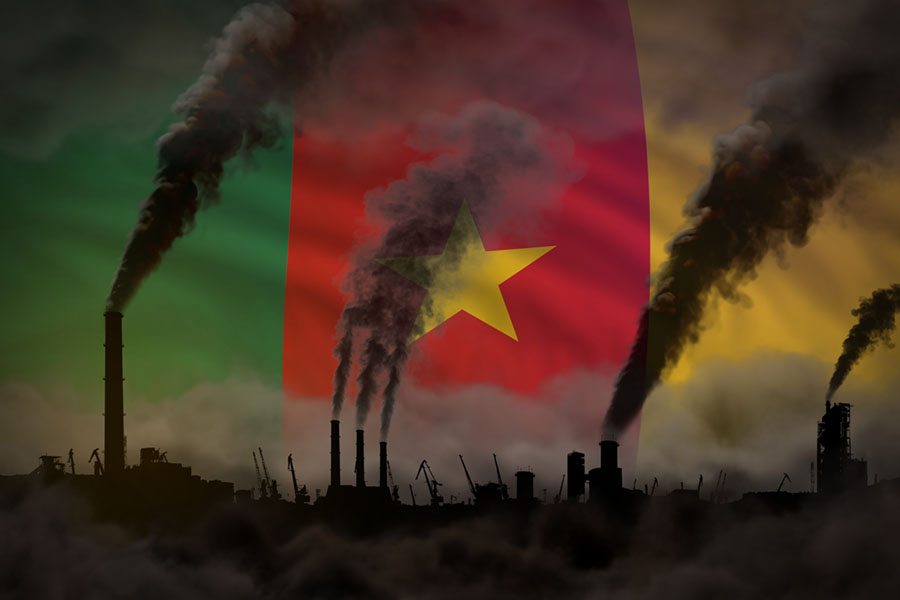
Has the Cameroon Oil Pipeline Facilitated Development? Cameroon Oil Pipeline Project Hides Behind Pretext of Humanitarian Aid and Third World Development
Cameroon Oil Pipeline Project Hides Behind Pretext of Humanitarian Aid and Third World Development.
The Cameroon oil pipeline that runs through Chad and Cameroon was supposed to be a flagship project which proved that oil revenue could be used to achieve development goals in Third World countries.
It is true that many Third World countries found to be rich in oil or natural resources have been subject to the resource curse, also known as the paradox of plenty.
The resource curse has been showcased in many African countries where there is an abundance of natural resources like oil.
The Chad-Cameroon pipeline project is a $4.2 billion oil development led by ExxonMobil and financed by the World Bank and the International Finance Corporation (IFC).
It is one of the most controversial projects in the World Bank’s history, and one which proves that elite oil interests will always take precedence over human rights.
The World Bank funded the project under the pretext of development in the area, but there are numerous accounts that would suggest the local people are worse off than when there was no oil pipeline.
The governments of Chad and Cameroon were set to receive only a 3% stake in the pipeline project, a small amount considering the billions that oil multinationals ExxonMobil, Petronas and Chevron will rake in.
Even the mere 3% share secured for the two African countries by the World Bank investment has not made its way to the citizens of Chad and Cameroon of whom a third live below the poverty line of $1.25 a day.
Cameroon Oil Pipeline: Broken Promises
Although the pipeline project came to Chad and Cameroon with the promise of development, most of the jobs that were created through the project lasted a few weeks or months at most.
In addition, Chadian and Cameroon workers made up only a handful of workers on the pipeline project and received a third of the compensation that foreign workers received.
Thousands of people were also displaced as a result of the development, communal fruit trees were cleared away and medicinal plants were lost forever.
It appears that the inhabitants of Cameroon and Chad have seen little of the benefits promised by oil pipeline developers.
Resource Curse Unbeaten
In 2006, the World bank suspended its lending to Chad and froze oil revenue accounts because the government had failed to spend any of the money on the social sector.
Despite the fact that Chad still remains politically unstable, the World Bank unfroze accounts after reaching an interim agreement.
Overall, critics of the pipeline project agree that it has failed to beat the resource curse, and inhabitants of Chad and Cameroon have been left worse off than before.
Weaknesses in Cameroon Oil Pipeline
Oil company greed ensured that the Chad-Cameroon pipeline was finished a year ahead of schedule, with many speculating that international standards and regulations were not adhered to.
This suspicion was confirmed when the pipeline sprung a minor leak in 2007, an incident which could ruin Chad’s fishing and tourism economy if it ever happens on a worse scale.
ExxonMobil, the brainchild of John D. Rockefeller, is an elitist oil enterprise that treats the Third World with disdain.
The Rockefellers have a long history of population control efforts in poverty-stricken countries, and it is no surprise that their oil acquisition efforts take on the same disregard for human life.
The Cameroon oil pipeline is an international disgrace. Americans should make a concerted effort to raise awareness about the pipeline failure and to oppose the exploitative stronghold of elite US multinationals in Africa.

 My First Amazing Ayahuasca Experience
My First Amazing Ayahuasca Experience  Pine Needle Tea
Pine Needle Tea  The REAL Controllers of Humanity: The Papal Bloodlines
The REAL Controllers of Humanity: The Papal Bloodlines  Is it Global Warming or Cooling?
Is it Global Warming or Cooling?  Gun Rights and Obama Examined
Gun Rights and Obama Examined